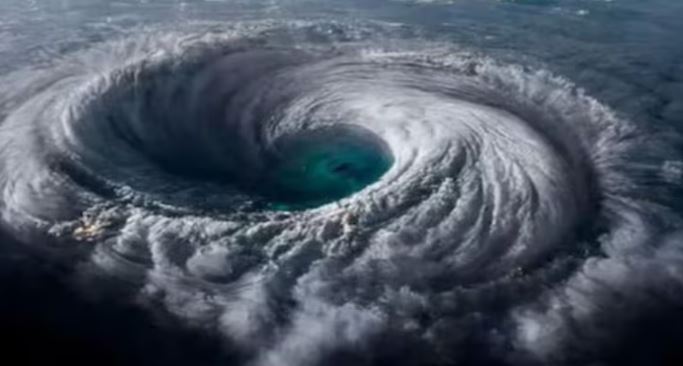Western Australia braces for impact as Cyclone Zelia escalates to a devastating Category 5. The cyclone, with winds reaching up to 320 km/h (200 mph), is on a direct path towards the Pilbara coast. Expected to make landfall between Port Hedland and Roebourne on February 14, Zelia is anticipated to bring catastrophic destruction in its wake.
Authorities have issued dire warnings of extreme winds that could flatten buildings, along with widespread flooding and prolonged power outages. Residents within the cyclone’s path are under urgent advisories to either evacuate or prepare for life-threatening conditions as this formidable storm approaches.
Background and Formation:
Cyclone Zelia, a severe tropical cyclone, emerged in the warm waters off the coast of Western Australia, rapidly intensifying into a Category 5 storm. Forming from a tropical low known as 18U near the Kimberley coast, Zelia was named on February 10, 2025, marking the start of its ominous journey towards the land.
Path and Intensification:
Zelia took a slow path southwards, feeding off the exceptionally warm ocean waters which allowed it to gain strength. By February 13, it had reached Category 5 status, the highest on the Saffir-Simpson Hurricane Wind Scale, with sustained winds near its center at 205 km/h (130 mph) and gusts up to 285 km/h (180 mph). Forecast models predicted its landfall near the Pilbara coast, between Port Hedland and Roebourne, with significant uncertainty regarding the exact point and timing of impact.
Impact on Western Australia:
Port Hedland and Surrounding Areas: The cyclone was expected to bring destructive winds of up to 320 km/h (200 mph) upon landfall, posing a significant threat to lives, property, and infrastructure. Port Hedland, a key iron ore export hub, along with Karratha, faced potential direct hits, prompting evacuations, port closures, and the establishment of emergency shelters.
Flooding and Wind Damage: Zelia was accompanied by heavy rainfall, with forecasts predicting up to 500 millimeters (19.7 inches) in some areas, leading to flash and riverine flooding. The cyclone’s powerful winds were capable of destroying structures, uprooting trees, and causing widespread power outages.
Mining and Economic Impact: The Pilbara region, known for its mining operations, saw significant disruptions. Major companies like Rio Tinto and BHP paused operations, evacuated non-essential staff, and secured their facilities to mitigate damage.
Emergency Response:
Western Australia’s Department of Fire and Emergency Services (DFES) ramped up its response, deploying additional resources, including personnel, flood boats, and aircraft for rescue operations. Evacuation centers were set up, schools were closed, and roads were shut down to prevent travel during the storm’s peak.
Aftermath and Recovery:
After making landfall, Zelia was expected to weaken as it moved inland, but not before causing considerable damage. The aftermath included dealing with debris, restoring power, and repairing infrastructure. Authorities warned that post-cyclone conditions could be as hazardous as the event itself due to damaged buildings and fallen power lines.



